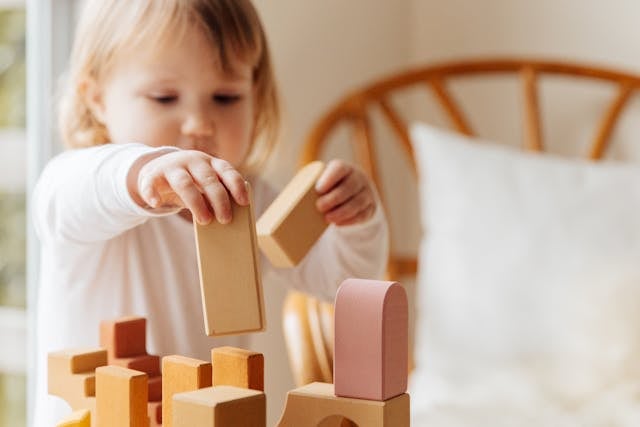TACTILE DEVELOPMENT
TACTILE LEARNING
From when children are babies, touch plays an important role in the child’s world. It is also one of the first senses to develop completely, as an infants entire body is sensitive to touch by 32 weeks. In a multi-sensory approach to learning touch is a key factor and is known as ‘tactile learning’.
HOW TACTILE LEARNING HELPS
INFANTS:
Tactile learning is very important, especially for infants as it helps them learn about the new world. This is why babies pick up and object, bang it around or put it in their mouths. They explore rough and smooth surfaces. It is important for a child’s toys to have different textures so that their sense of touch develops more.
TODDLERS
As toddlers explore the world around them and increase their tactile development by playing with things such as blocks or finger painting, toddlers tend to also improve their motor skills and their hand-eye coordination becomes better as well. Simple tasks that require these motor skills such as buttoning a shirt or tying a shoe lace will become easier.
PRE-SCHOOLERS
In older children too, tactile learning is advocated. Touch is an important tool apart from sight. An abacus has become such a popular tool of learning mathematics because it helps children understand math better through tactile learning. Experiments have shown that touch is as important for retaining learning as vision is.
Learning through touch is a very good way to teach children who are very energetic. By giving a child a project to do or toys that need to be put together the child not only learns but also keeps busy. In fact, learning through touch is one of the three kinds of learning styles which also includes learning through sight and learning through hearing. It is basically important, especially for your young children, to explore different kinds of surfaces, shapes and textures for tactile development.
ACTIVITIES TO HELP AID TACTILE DEVELOPMENT :
- Eva foam mats are great for improving a child’s tactile development due to the different textures it has on each side. Exploring different surfaces like that improves tactile development.
- Using clay/play dough or a homemade flour-water dough opens a world of opportunities in fun motor building activities.
- Finger painting or painting with a ear bud.
- Sorting different sizes or colored pebbles into different baskets.
- Writing on a chalk board.
- Playing ‘thread the beads’(vary the size of thread and beads depending on the age and agility of the child).
- Play with finger puppets
